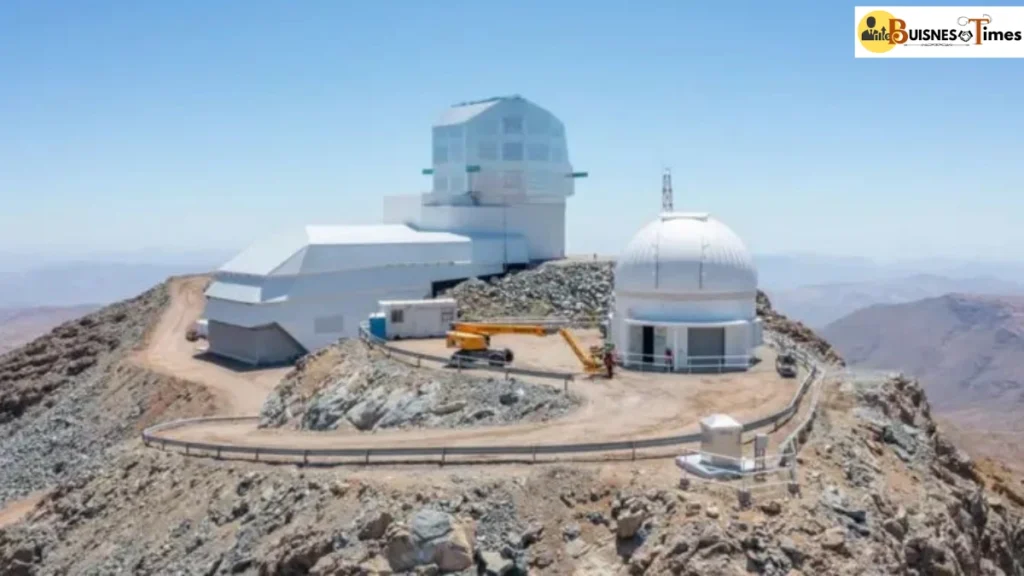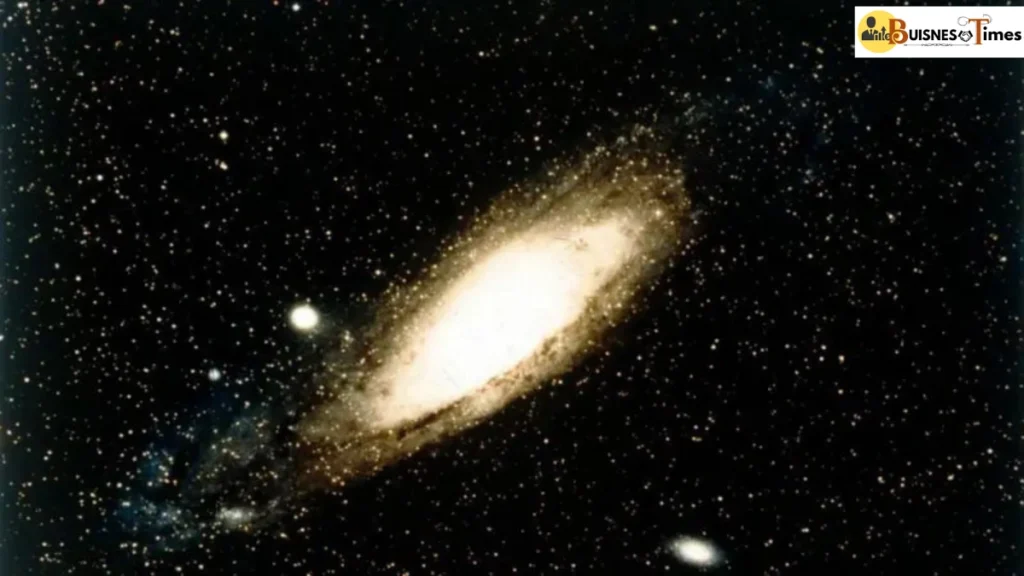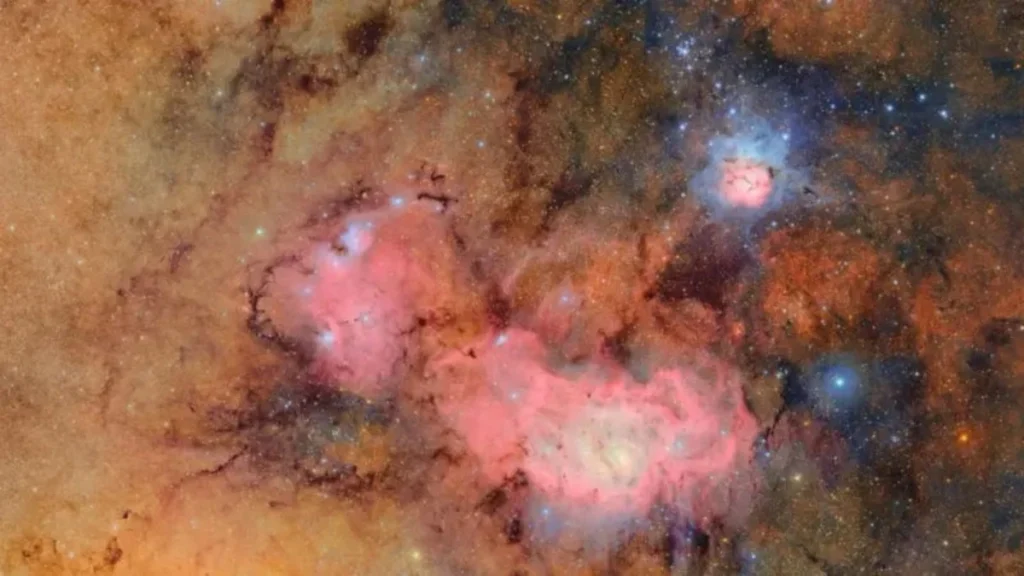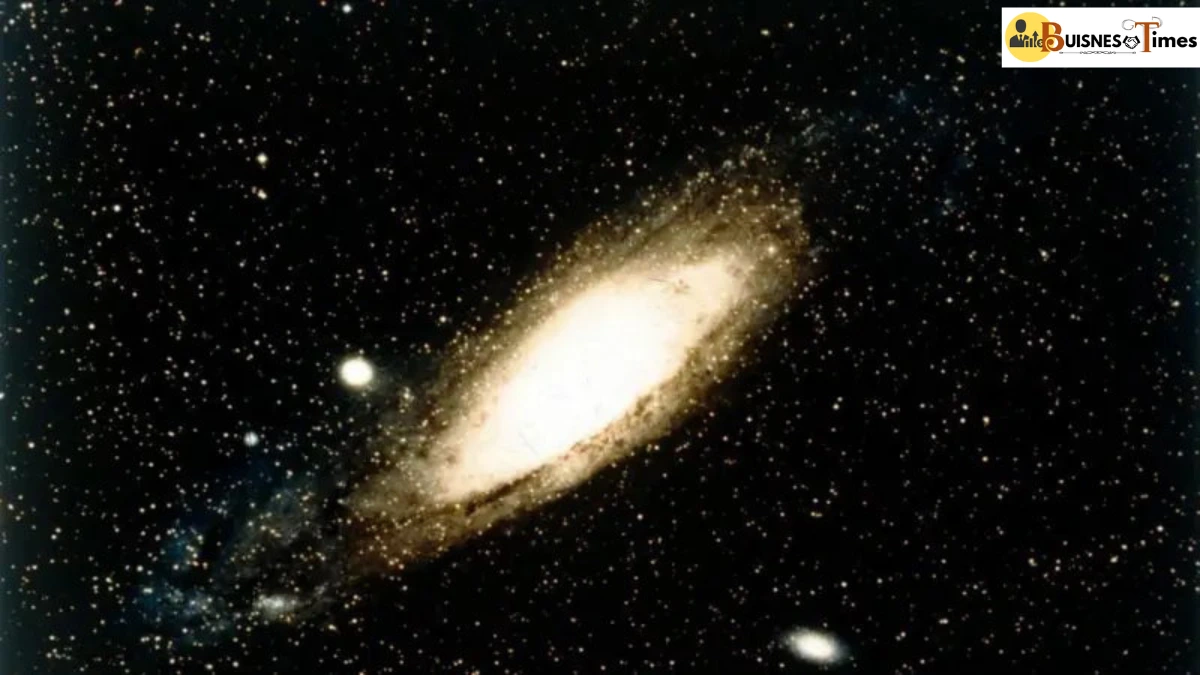
Discover how the Vera Rubin Observatory will Telescope expose the invisible universe, from dark matter to distant galaxies. A revolution in space science begins!
This Telescope Will Reveal What’s Invisible in the Universe
In June 2025, a live press conference held in Washington, D.C., showcased a series of stunning images of the cosmos. Among the speakers was Željko Ivezić, Director of the Rubin Observatory, who expressed immense excitement about the hidden data revealed in the images. He described it as the result of 20 years of dedicated effort by the entire Rubin construction team.
Located in Chile—renowned for astronomical research—the Vera C. Rubin Observatory is set to revolutionize our understanding of the universe.
A Glimpse of Galaxies Far, Far Away
During the press conference, vibrant images of hundreds of galaxies, millions of light-years away, were displayed. This week’s global science focus explores what this groundbreaking telescope will uncover about our universe.
The Human Quest to Understand the Universe
Professor Catherine Heymans, an astrophysicist at the University of Edinburgh, explains that the desire to understand the cosmos has been with us since ancient civilizations. Our solar system includes 8 major planets, 5 dwarf planets, hundreds of moons, and thousands of comets, all orbiting a central star—the Sun. And in our Milky Way galaxy alone, there are billions of other stars.
The first known use of a telescope for astronomy was by Galileo Galilei in 1609, when he observed Jupiter and its moons. At the time, people believed Earth was the center of the universe. Galileo’s discoveries challenged that belief, showing that Earth also orbits the Sun.
In the 1920s, revolutionary discoveries confirmed that galaxies exist beyond the Milky Way, giving rise to the Big Bang Theory—the idea that the universe began 13.8 billion years ago from a hot, dense point and expanded rapidly.
Vera Rubin: The Astronomer Who Proved Dark Matter Exists
Catherine Heymans highlights the pivotal work of astronomers Vera Rubin and Kent Ford in the 1970s. Using less advanced telescopes than we have today, they studied the nearby Andromeda Galaxy and found it rotating far faster than expected. The speed should have torn it apart—but it remained intact.
This led Rubin to hypothesize the presence of a mysterious force holding galaxies together: Dark Matter. She found similar patterns in other galaxies, confirming this invisible force was universal.
Rubin’s findings provided the first concrete evidence of Dark Matter and shattered gender stereotypes in science, proving that women have a crucial role in astronomical research. The new observatory in Chile was named in her honor.
What Makes the Vera Rubin Observatory So Special?

According to Željko Ivezić, the Rubin Observatory is the most advanced sky-scanning machine ever built. Funded by U.S. scientific agencies and supported by international partners, it’s located in Chile because of its high, dry, and clear atmosphere—ideal for space observation.
Situated 10,000 feet above sea level, the observatory will begin scanning the Southern Hemisphere sky in October 2025. Over 10 years, it will conduct deep, high-resolution sky surveys every few nights, creating time-lapse imagery that shows how cosmic objects change over time—getting brighter, dimmer, or disappearing.
Powered by the World’s Largest Digital Camera
The heart of the observatory is the Simonyi Survey Telescope, equipped with the world’s largest digital camera—a massive 3,200-megapixel sensor. For comparison, high-end smartphones max out at around 200 megapixels.
Each night, the telescope will generate around 20 terabytes of data—enough to fill 250,000 standard-definition photos per terabyte. A single image would require 400 HD television screens to view in full detail. The data will be transmitted from Chile to the U.S., France, and the UK for analysis.
Why Do We Need Another Powerful Telescope?
When asked why another telescope is needed despite existing powerful ones, Ivezić used a clever analogy:
“Think of vehicles—sports cars are fast, but you can’t plow a field with them. Tractors can’t transport 50 school kids either—you need a school bus. Every task needs the right tool.”
Unraveling the Mystery of Dark Matter and Dark Energy

Dr. Burçin Mutlu-Pakdil, an astrophysicist at Dartmouth College, explains that while we know Dark Matter exists (based on its gravitational effects), we don’t know what it actually is—or how it influences the universe in detail.
Vera Rubin’s work in the 1970s provided the first evidence of Dark Matter. Then in the 1990s, two separate teams of astronomers discovered another mysterious force: Dark Energy, which pushes objects away from each other instead of pulling them together like gravity.
Current estimates suggest that only 5% of the universe is made of normal matter (what we can see), while 27% is Dark Matter, and 68% is Dark Energy.
How Rubin Observatory Can Solve These Mysteries
Since we cannot directly observe Dark Matter or Dark Energy, scientists study their effects on galaxies. Some galaxies show stronger Dark Matter influence, making them key observation targets for Rubin’s telescope.
Dr. Mutlu-Pakdil believes the observatory will be revolutionary. While current telescopes can only detect large, bright galaxies, Rubin will reveal many more smaller and fainter galaxies, helping us understand the early formation of the universe.
The data could also drive new technologies with real-world applications in the future—just as past astronomy research has led to breakthroughs in imaging, computing, and communications.
What’s Next? The Nancy Grace Roman Space Telescope

Inspired by Rubin’s legacy, another powerful telescope is under development—the Nancy Grace Roman Space Telescope. Named after NASA’s first female chief astronomer, who played a key role in the Hubble mission, this telescope will operate from space and work alongside Rubin’s observatory to explore Dark Matter and Dark Energy further.
What Will the New Telescope Reveal About the Universe?
The Vera Rubin Observatory promises to transform our understanding of the universe’s structure and evolution. Its high-powered surveys will help scientists explore the 95% of the universe made of unseen forces. With each new discovery, we move closer to answering the deepest questions about our existence—and uncovering secrets that were once thought to be invisible.
Frequently Asked Questions (FAQs)
1. What is the Vera Rubin Observatory?
The Vera Rubin Observatory is a cutting-edge astronomical observatory in Chile, designed to conduct a 10-year Legacy Survey of Space and Time (LSST) and study dark matter, dark energy, and the formation of galaxies.
2. When will the Vera Rubin Observatory begin operations?
It is expected to start full scientific operations in 2025 after years of development and testing.
3. What makes the Vera Rubin Telescope unique?
It has the world’s largest digital camera for astronomy, capable of capturing 3.2 billion pixels per image, and can scan the entire visible sky every few nights.
4. What is the main goal of the Rubin Observatory?
Its main mission is to uncover the mysteries of dark matter, dark energy, the Milky Way’s structure, and potentially detect asteroids and transient phenomena.
5. How big is the Rubin Observatory telescope?
It features an 8.4-meter diameter mirror, one of the largest for a survey telescope, allowing deep-space imaging with incredible detail.
6. Who is Vera Rubin, and why is the observatory named after her?
Vera Rubin was a pioneering American astronomer who provided evidence for the existence of dark matter. The observatory honors her legacy.
7. How often will the Rubin Observatory scan the sky?
It will image the entire southern sky every three nights, creating a time-lapse map of the universe over 10 years.
8. What will the Vera Rubin Observatory discover?
It may uncover new galaxies, supernovae, near-Earth asteroids, black holes, and provide deeper insights into dark matter and cosmic evolution.
9. Is the Vera Rubin Observatory open to the public?
While the site itself is not open to the public, much of the data it collects will be made available for public research and education.
10. How will the Rubin Observatory impact our understanding of the universe?
It is expected to revolutionize astronomy by creating the largest-ever catalog of space objects and helping answer fundamental questions about the cosmos.

